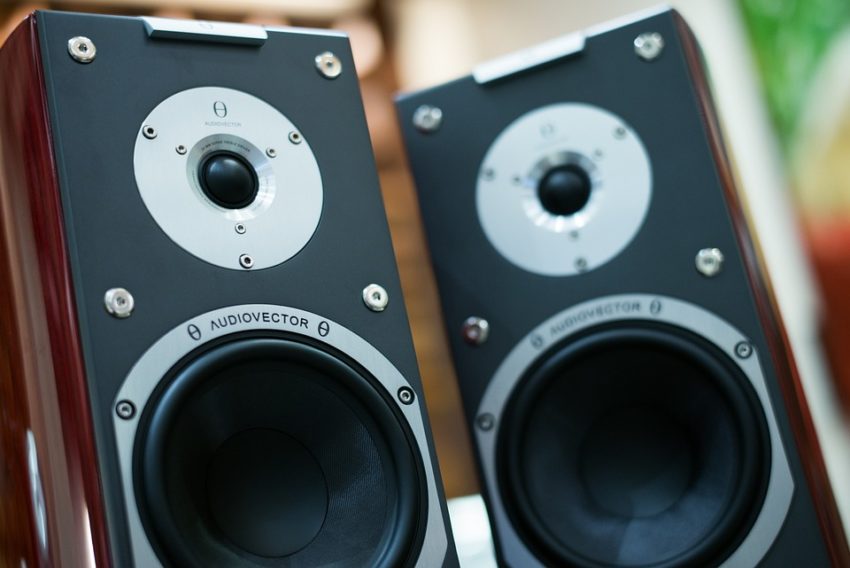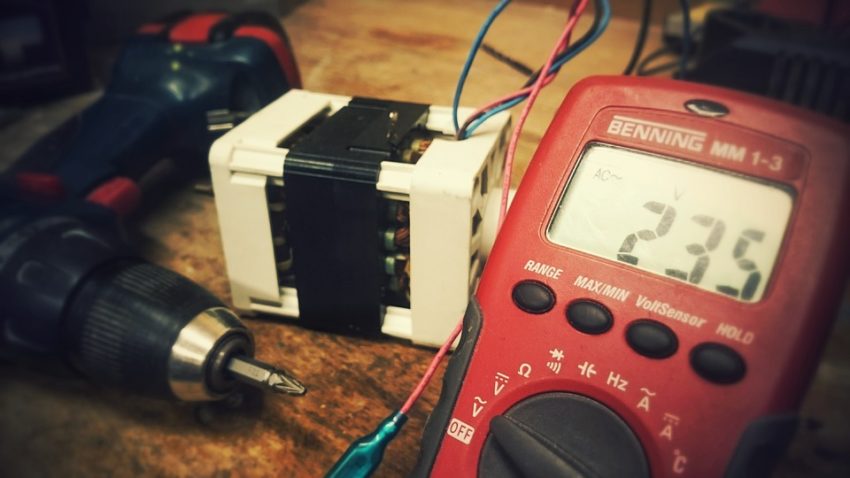What Does it Mean When a Speaker is “Hard to Drive”
One of the common questions we get is – What does it mean when a speaker is “Hard to Drive”? And second to that usually is – is a harder-to-drive speaker of higher quality? After all, we keep hearing about all these audiophile speakers that require massive monoblock amps with oodles of power to “make them sing.” Let’s discuss!
Sensitivity and Impedance
If you have read the spec sheet on a speaker, you see many numbers listed, including sensitivity and impedance. But what do those specs mean, and why does it matter when we ask what it means when a speaker is “Hard to Drive”? Time for a bit of science!
Speaker Sensitivity
No, I won’t put a bad pun here about hurting your speakers’ feelings! (But I want to!) Speaker sensitivity (often erroneously called speaker efficiency) measures the volume you will get from a speaker with a given amount of amplification. To calculate it, we place the speaker one meter away from a mic and play a signal from the amp with one watt of power (usually). The recorded volume, in dB, will tell you how sensitive that speaker is. So, for example, my Paradigm speakers will output 91dB at 1w/1m, making them 91dB sensitive.

So why is that important? Simple, a more sensitive speaker will get louder with less power, making “driving” the speaker easier. One of the reasons that we say a speaker is hard to drive is low sensitivity. It requires much more power to get it to the same volume at the same distance as the speaker with higher sensitivity. But here is what you need to know. If you have a speaker with a low sensitivity rating and you sit a considerable distance from it, it will require a lot of power. This is what makes it “hard to drive.”
So what can make a speaker less/more sensitive than another? Well, that’s a mixed bag. It often comes down to the size of the speaker cabinet, the cross-over design, the weight/stiffness of the cone/surround, and bass extension. So, if you want a small speaker that’s loud and has good bass extension, you trade off sensitivity.
But of course, the question asked is, does the sensitivity of a speaker determine quality? No! Klipsch LaScala’s are 105dB sensitive and considered some of the best loudspeakers. There are plenty of other speakers with high sensitivity ratings that aren’t considered very good at all. Alternatively, many HTiB speakers have sub-80dB sensitivity rates as do some audiophile speakers. You can draw no inference about a speaker’s quality simply by looking at its sensitivity rating.
Speaker Impedance
Speaker impedance is a bit more complicated, science-wise, than sensitivity. But to keep it simple, impedance is the resistance your speaker gives to current and voltage. The more resistance the speaker has, the more power it will draw from your receiver to reach higher volumes. Still with me?

Now, without getting all sciency, we measure speakers and their resistance by ohm values. I don’t want to go down that rabbit hole because it’s more complicated than we need here. For our purposes the higher the ohm value, the easier the speaker is to drive. So if we look at the spec sheet of my Paradigm speakers, they will state 8-ohm nominal. This rating means that my speakers “generally” operate around 8 ohms, with occasional dips lower. Mate that with a high speaker sensitivity and you have a very easy-to-drive speaker.
But once you start getting into the realm of 4-ohm speakers, you will need more power to drive them to higher volumes. This is not a problem if you sit relatively close to your speakers. But if you are sitting farther away, or listen at extreme volumes, you might have to invest in more expensive amplifiers or external amplification. If you connect that low-impedance speaker to a low-wattage AV receiver and crank it? You will start to see overheating, clipping, and shutdowns because you are asking the receiver to work overtime to power your demanding speakers.
Bring ‘Em Both Together
So let’s bring this all together. A speaker can be labeled “hard to drive” if either the sensitivity or impedance rating is low. When you combine low sensitivity (low 80’s) and a low-impedance (4 ohms or less), you definitely have a speaker that is “hard to drive”. Add volume and distance to the equation and now you are really in trouble. Throw an underpowered receiver into the mix and you have a recipe for damaged speakers or an AV receiver.
So Why Design Low Sensitivity/Impedance Speakers?
That is a good question. From a purely practical point of view, high-impedance/sensitivity speakers make sense. But that would limit designers with cabinet design, driver configuration, and sound profiles. Speaker designers may want their speakers to sound or look a certain way. And to do that, they may need to sacrifice both sensitivity and impedance to achieve that.

In other cases, manufacturers know the type of performance they want, and the amplifier needed. So they design their speakers to need massive amplification to get the desired performance.
All this is to say that a lot of manufacturers of high-end loudspeakers aim to make speakers that are hard to drive. There is a certain amount of prestige that comes from speakers that require oodles of power to drive to “peak performance”. We never said that audiophiles made a ton of sense.
Our Take
After being in the AV game for a bit, I have a much better understanding of what makes a speaker hard to drive. But when I first got into the hobby I didn’t have a clue and I am lucky I didn’t damage my speakers or receiver.
Hopefully, after reading this, you have a better understanding of how speaker sensitivity and impedance work together. Knowing this will allow you to make informed decisions when purchasing speakers for your space, and hopefully eliminate speakers that would be too hard to drive for your space.
But to sum it all up, my general rule of thumb is that the lower the sensitivity and impedance of a speaker, the more wattage I need to drive it safely and to the performance I need. But if the speaker is close to me, I probably won’t need external amplification even if those two ratings are low.


